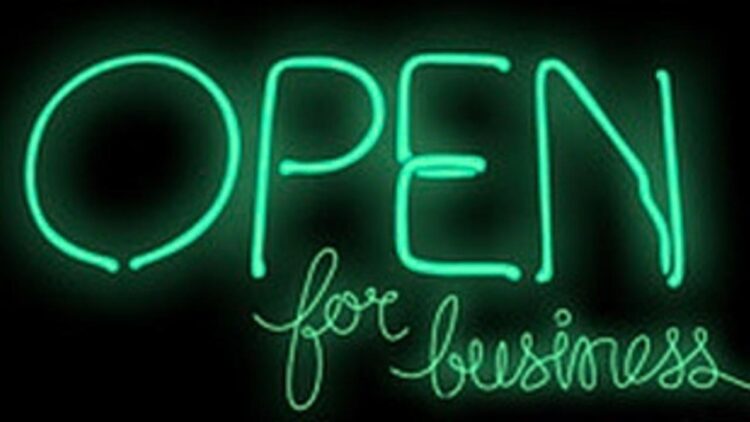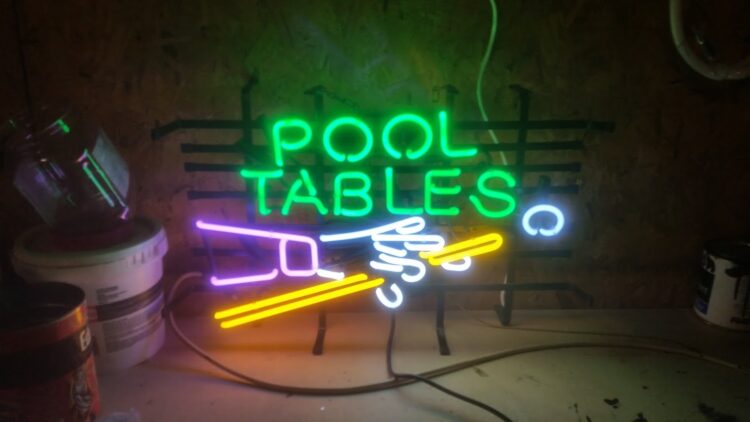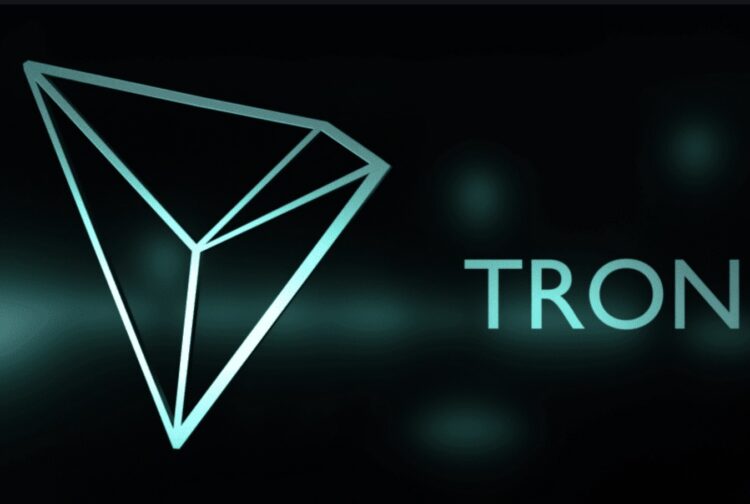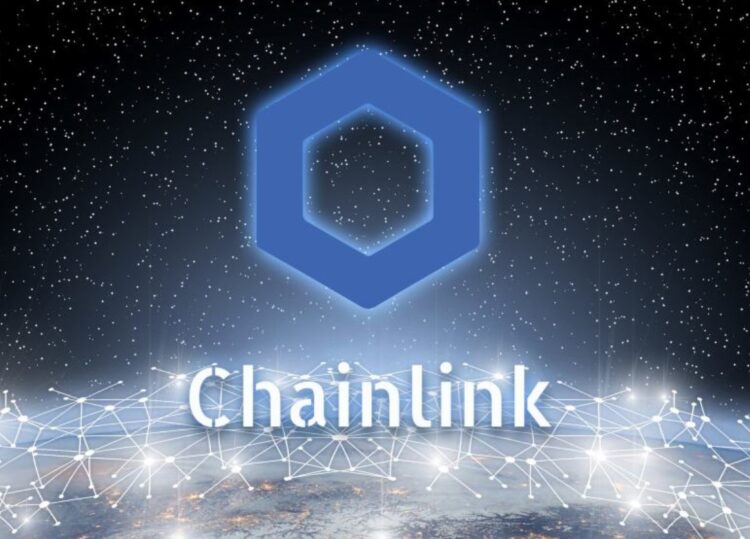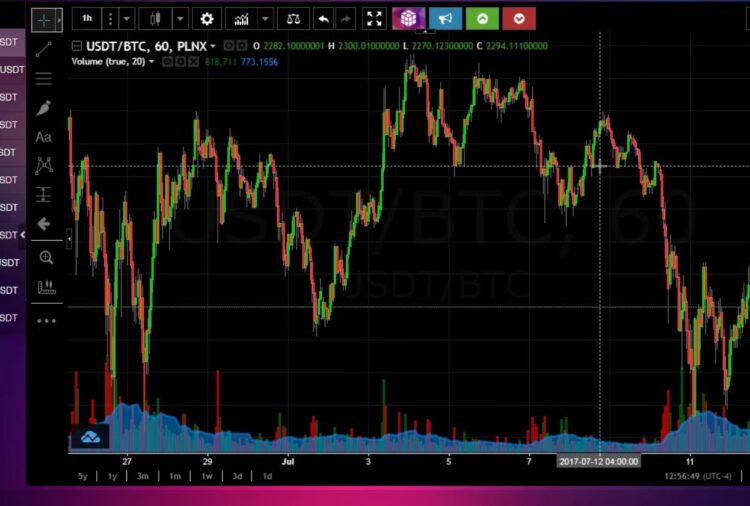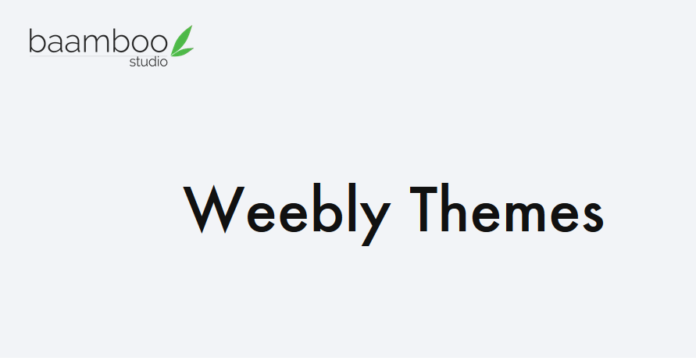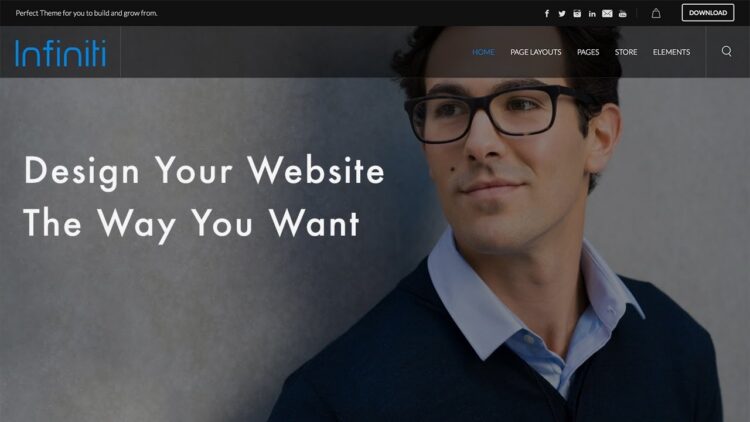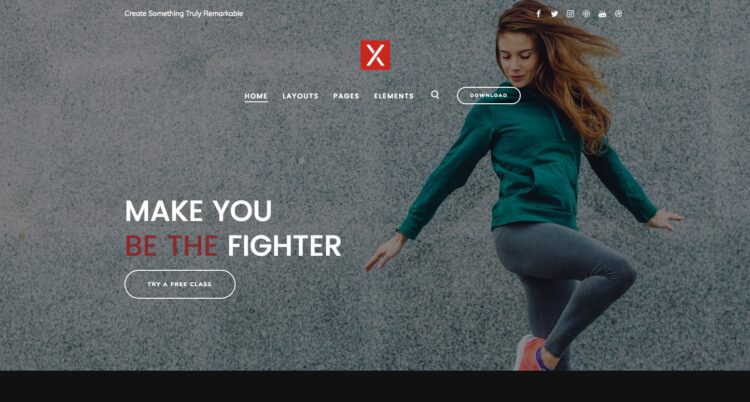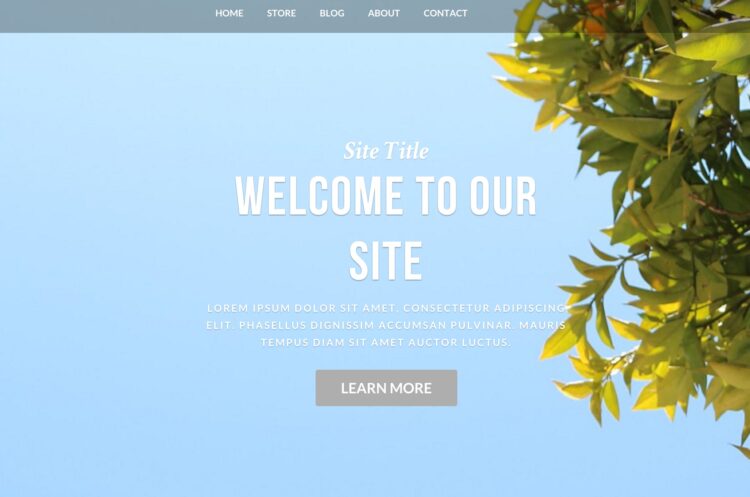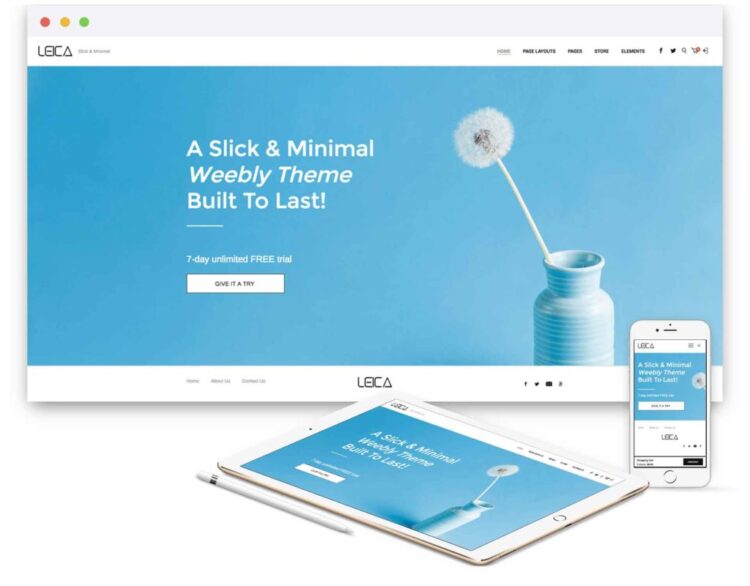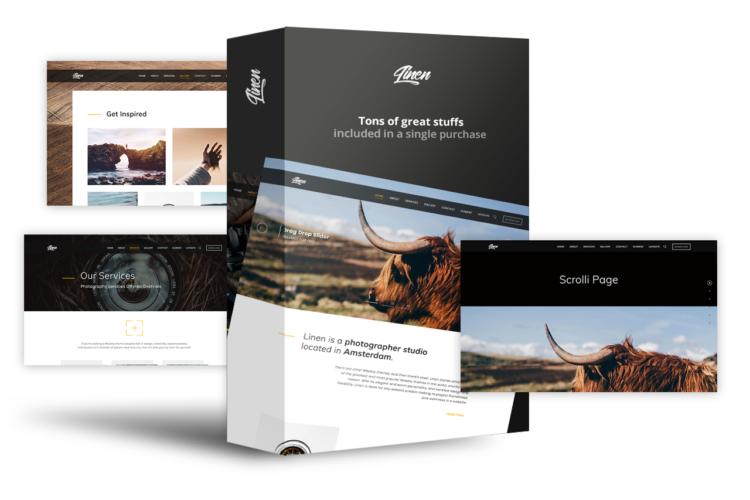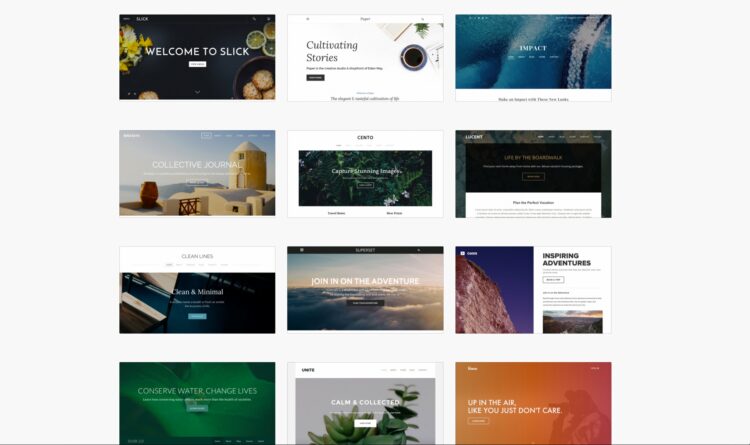Getting yourself a good looking tailored suit and walking into a corporate building doesn’t all of a sudden make you a successful consultant. Finishing your studies in this area doesn’t guarantee it either. Lots of people study for this job, a lot of them will get it too. But at what level?
The key difference between a top consultant and the average one is in the mind itself. It’s how you approach your problems, how you think them through. Having the ability to put yourself in the client’s skin and see their perspective, what they want, what they expect. Apart from that, it’s the ability to sniff out your weak spots and always work on improving them, as you can always be better than you are right now. That’s the attitude a top consultant needs to take on.
Standing Out

As always, getting the basics spot-on is very important. Getting through education, understanding the whole process of consulting, working on your maths, learning more about problem-solving principles, and nailing the infamous case interview to put the icing on the cake.
However, there is a reason why the case interviews at top consulting firms such as McKinsey, Bain, or BCG are so infamous. Those companies are not known worldwide for being the best at what they do because they hire anybody who decides to apply.
On the contrary, they will go through hundreds, thousands of applicants just to find that one consultant in whom they see the potential to go the distance.
There is a lot, and we do mean a lot of candidates that will thoroughly go through everything that’s needed for a case interview test. You can even do pretty well, solve a case, answer the questions, yet still leave without a job offer. It’s the sheer number of applicants that creates a real competition, where you will need to stand out and prove that you have the edge over the others.
Thinking Like the Client

You should always be attempting to visualize the situation from the client’s point of view. What is their goal? What are their problems? What needs to be done to resolve them? Is your approach MECE compatible? Those questions should always have an answer.
Other than the obvious problem-solving skills, a client will expect the consultant to be fully involved in the whole project. It is usually considered essential that you are available and approachable, as well as transparent in what you do. The client is paying a hefty amount for your services and will expect your approach to be on point.
Keep your reports neat and filled with important data. Do not drown your client in unnecessary information that they don’t need to hear, but don’t keep them in the dark about the info that is crucial and relevant to the problem at hand.
Approaching the Problem Correctly
Jumping to conclusions too soon in this line of work is the key component to failure. You should always take enough time to analyze the problem, explore all possible options in a MECE compatible way, and ask additional questions. Only when you have collected all the necessary data can you begin to create a hypothesis that you will check.
The MECE principle is something to always keep in mind when approaching a problem. It is the safest way to make sure that you account for everything relevant to the specific problem while avoiding a double amount of work by checking the same things multiple times. Hence the MECE name stands for Mutually Exclusive and Collectively Exhaustive.
Always structure your approach in a top-down manner. An issue tree is often the ideal option for this, as it will allow you to branch out all the connected factors to find the elements of the equation that can be altered to resolve the initial problem. You will often find yourself building the issue tree from scratch as you find another element that needs to be considered in the structure.
Communicating Your Data

As we mentioned before, it’s important to distinguish the important parts of information from the less-important ones. Knowing how to deliver your reports to the client is an integral part of a successful consultant’s job. Apart from landing all this data onto your client, do not forget that your job is to advise. So every bit of information given should be followed by advice on how to handle it. They are, after all, hiring you as a consultant, not just an analyst.
Share your knowledge as often as you can with your client, or even potential clients. A consultant should always be sharing relevant information with his clients regardless of the fact whether he’s paid for it or not. If you go the extra mile for them and prove to be effective and clinical in solving a problem, you will likely be hired again or recommended to another client.
Removing Uncertainty
The client is expecting you to be an expert in your field, whatever the field is, as you should be. However, it’s important to keep in mind that not every client will be an expert as well. When delivering your theories and analysis to them, it’s important to make sure that they understand all the important bits.
When the client does not fully understand a part of your plan, it will create uncertainty. And the biggest plan-stopper on this planet is probably exactly that – uncertainty. Whenever you’re not sure about something – your natural reaction is to stop.
So if you don’t want your client getting cold feet about something and derailing all the work put into it – make sure you adapt your presentation to your client’s understanding and make sure everything is cleared up.

To Wrap it Up
Being a top-level consultant has its benefits, plenty of them, but it is not something that can be achieved overnight. It requires great discipline, motivation, hard work, and an open mindset.
It’s not about not making any mistakes. It’s how you react to them and learn from them. It requires you to look at things from different angles, to act directly and confidently, and to communicate clearly and eloquently. If these things don’t come as too big of a step for you, you might just give it a try!











